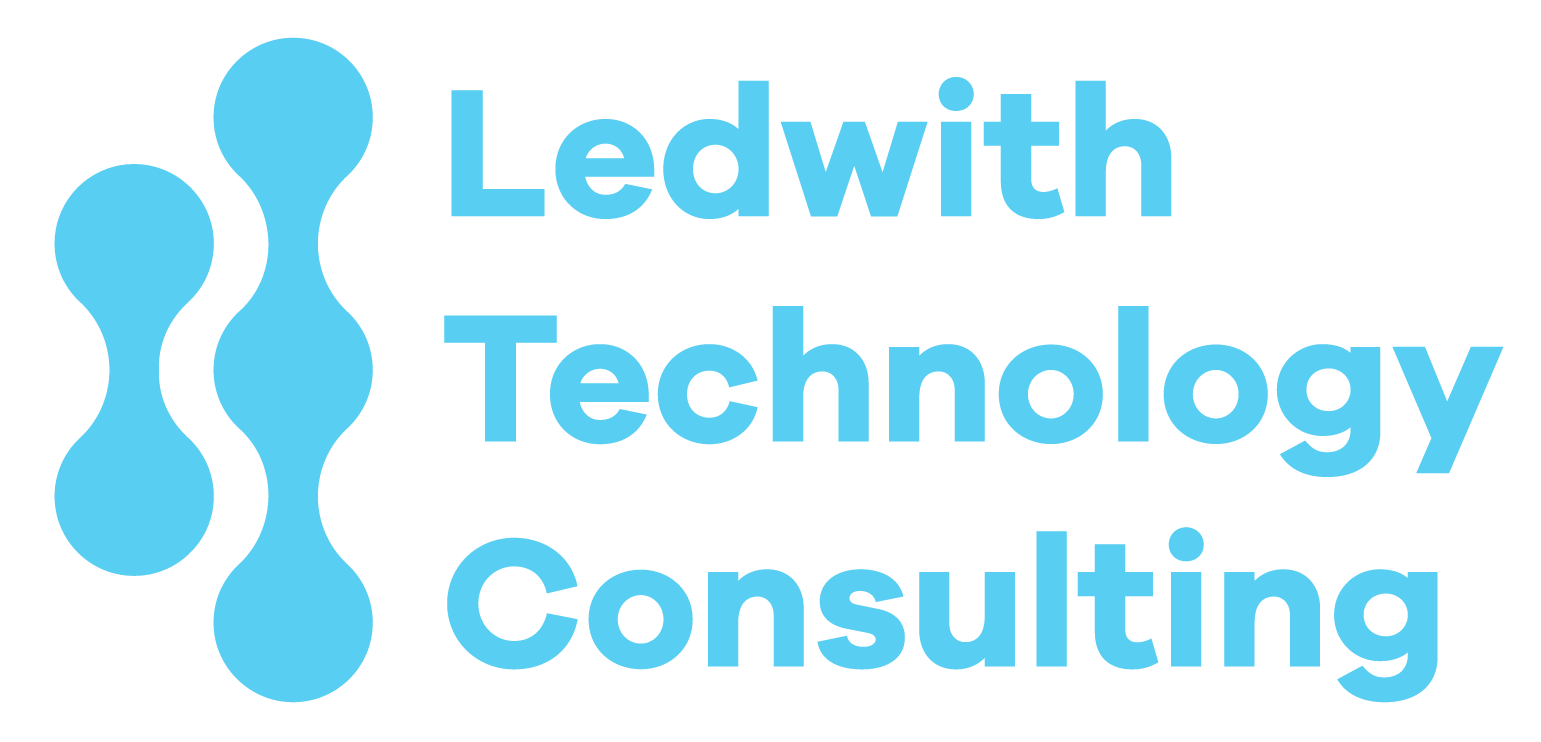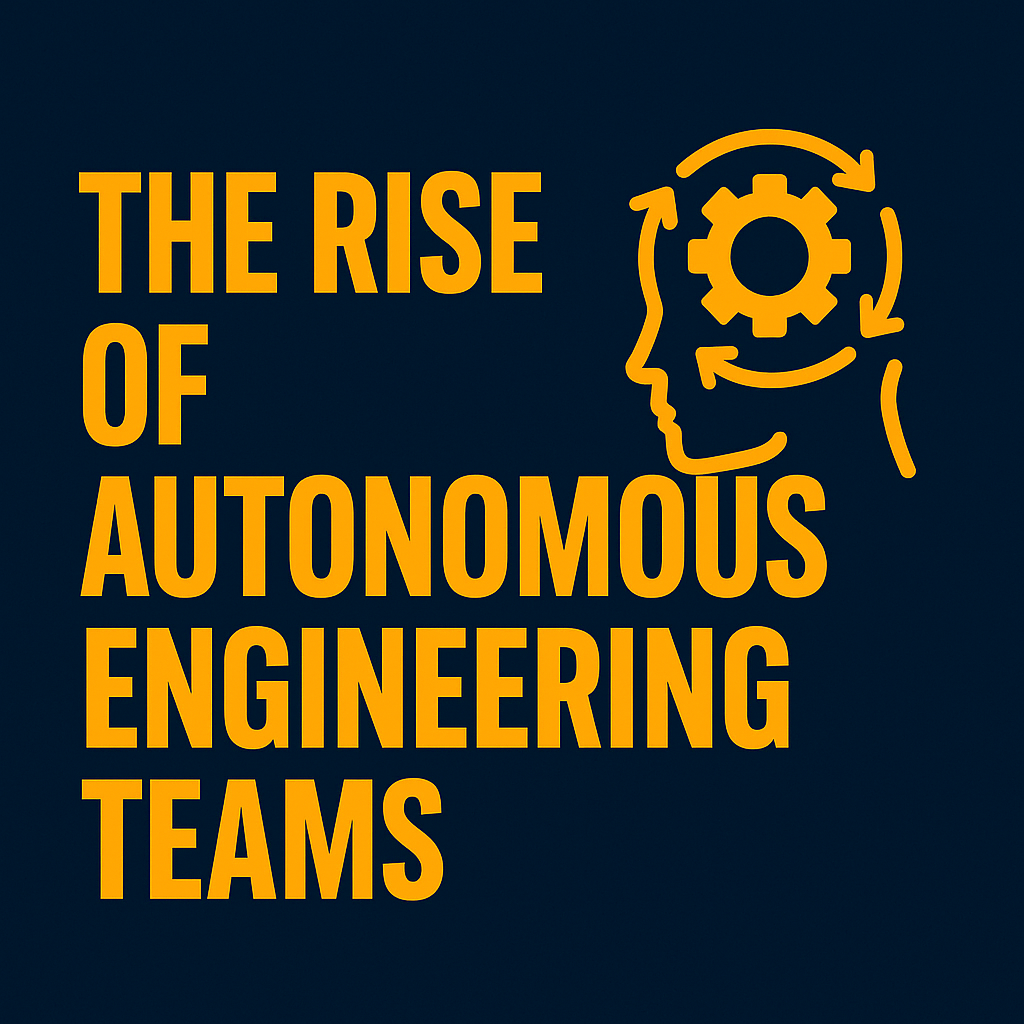By Stephen Ledwith July 25, 2025
Supporting autonomous engineering teams requires a strong foundation of CI/CD, Infrastructure as Code (IaC), and automation tools. This article explores real-world tools, best practices, and integration strategies to help your teams scale effectively.
Table of Contents
- Introduction
- Why CI/CD, IaC, and Automation Matter for Autonomous Teams
- Building a Solid CI/CD Pipeline
- Infrastructure as Code (IaC): The Backbone of Modern DevOps
- Automation Tools to Supercharge Autonomy
- Real-World Tool Examples and Use Cases
- Best Practices for Integration
- Challenges and How to Overcome Them
- Conclusion
- Reflection Prompt
1. Introduction
Modern engineering teams thrive when they can deploy, test, and iterate rapidly. Autonomous teams especially need robust pipelines and infrastructure that support independence without sacrificing governance or stability.
2. Why CI/CD, IaC, and Automation Matter for Autonomous Teams
- CI/CD ensures faster delivery cycles, enabling teams to innovate quickly and respond to user feedback.
- Infrastructure as Code allows teams to provision and manage infrastructure consistently and scalably.
- Automation reduces manual toil, allowing teams to focus on high-value work.
3. Building a Solid CI/CD Pipeline
A modern CI/CD pipeline supports continuous delivery and deployment, integrating testing and security at every stage.
Recommended Tools:
- GitHub Actions (GitHub Actions): Integrates seamlessly with GitHub repos, supports automated testing, deployment, and container workflows.
- GitLab CI/CD (GitLab CI/CD): Offers robust CI/CD pipelines with integrated Kubernetes support.
- Jenkins (Jenkins): A popular open-source CI/CD tool with extensive plugin ecosystem.
Real-World Example:
- GitHub Actions at Spotify: Spotify uses GitHub Actions to automate CI/CD workflows, improving developer productivity and deployment speed. GitHub Case Study
4. Infrastructure as Code (IaC): The Backbone of Modern DevOps
IaC allows teams to define infrastructure through code, ensuring repeatability, scalability, and version control.
Recommended Tools:
- Terraform (Terraform): Industry-standard for managing cloud resources declaratively.
- Pulumi (Pulumi): Supports multiple programming languages and offers advanced automation capabilities.
- AWS CloudFormation (AWS CloudFormation): Native to AWS, perfect for building infrastructure in the cloud.
Real-World Example:
- Terraform at Slack: Slack uses Terraform to manage AWS resources consistently across teams, enabling faster environment provisioning and rollback. Terraform Use Case
5. Automation Tools to Supercharge Autonomy
Automation tools streamline processes, reduce manual errors, and enable faster delivery cycles.
Recommended Tools:
- Ansible (Ansible): Great for configuration management and application deployment.
- Chef (Chef): Provides powerful automation for infrastructure management.
- Puppet (Puppet): Automates configuration management at scale.
Real-World Example:
- Ansible at NASA: NASA uses Ansible to automate infrastructure management, ensuring consistency and security. Ansible NASA
6. Real-World Tool Examples and Use Cases
Combining CI/CD, IaC, and automation tools creates a robust, scalable, and secure foundation for autonomous teams.
| Tool | Description | Use Case |
|---|---|---|
| GitHub Actions | CI/CD automation platform | Spotify uses it to streamline deployments and testing. |
| Terraform | Infrastructure management | Slack manages AWS resources consistently across teams. |
| Ansible | Configuration management and automation | NASA automates large-scale infrastructure deployments. |
| Jenkins | Open-source CI/CD with plugin ecosystem | Used by countless organizations for customizable pipelines. |
7. Best Practices for Integration
- Start Small: Pilot with one team, refine processes, and expand gradually.
- Automate Everything: Use automation for testing, security, compliance, and deployment.
- Version Control Everything: Store all pipeline configurations and IaC in version control.
- Monitor Continuously: Use observability tools like Prometheus (Prometheus) and Grafana (Grafana) to ensure systems remain healthy.
8. Challenges and How to Overcome Them
- Tool Sprawl: Limit the number of tools by consolidating where possible.
- Skill Gaps: Invest in training and documentation to bring teams up to speed.
- Security: Embed security checks in every pipeline stage using tools like Checkov (Checkov).
9. Conclusion
CI/CD, IaC, and automation are not just buzzwords—they’re essential for enabling autonomous teams to thrive. By integrating these tools thoughtfully, you empower teams to innovate, deliver faster, and scale confidently.
10. Reflection Prompt
How integrated are your current CI/CD, IaC, and automation processes? What steps could you take to improve team autonomy and productivity?



